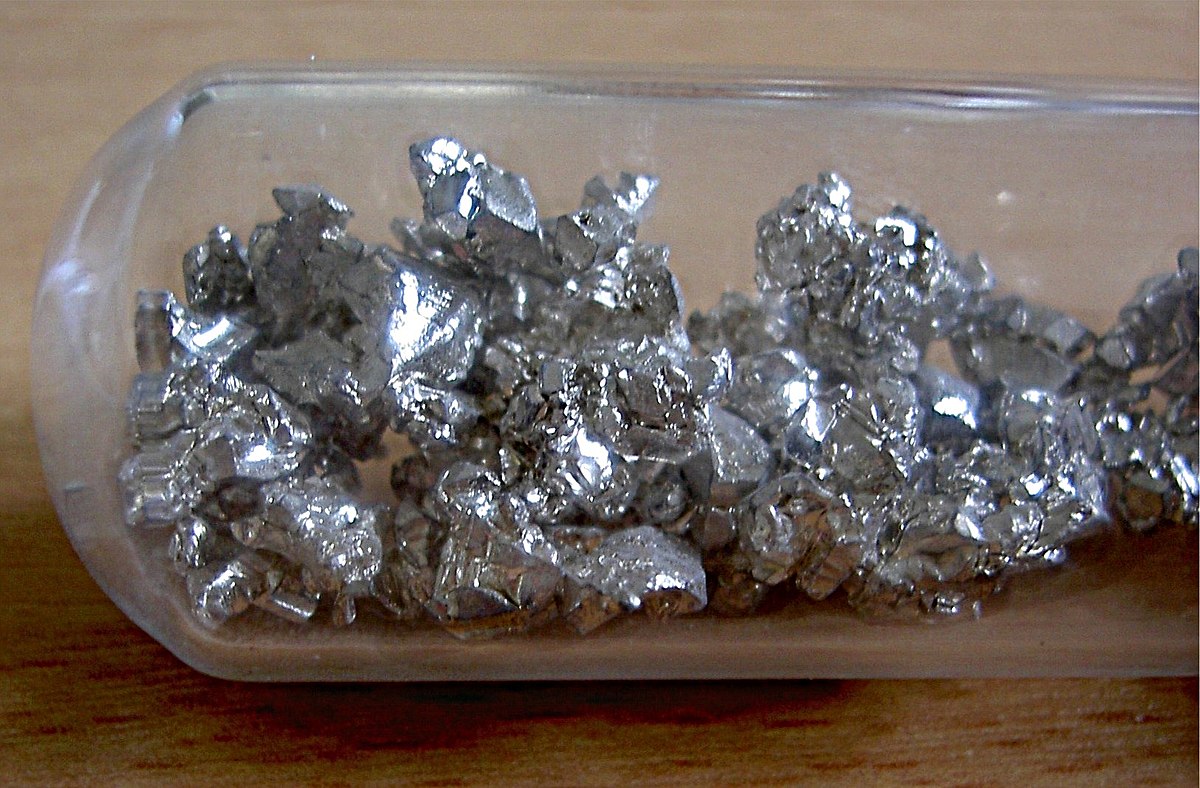Identity.
Calcium is a chemical element; it has symbol Ca and atomic number 20.
As an alkaline earth metal, calcium is a reactive metal that forms a
dark oxide-nitride layer when exposed to air. Its physical and
chemical properties are most similar to its heavier homologues
strontium and barium.
Atomic Structure:
The nuclear composition of an atom of calcium-40 (atomic number: 20),
the most common isotope of this element consists of 20 protons and 20
neutrons. 20 electrons occupy available electron shells (rings).
History.
Calcium's story stretches back millions of years, woven into the
Earth's very bones. Locked within rocks and seashells, this crucial
element silently shaped our planet. Fast forward to ancient
civilizations, and we see the first glimpses of its human connection.
Egyptians used limestone, rich in calcium carbonate, to build their
mighty pyramids. Romans employed lime, another calcium compound, to
create their enduring structures.
Though these societies harnessed calcium's practical benefits, its
true identity remained a mystery. It wasn't until the 19th century
that science unlocked the secret. In a flash of electricity, Sir
Humphry Davy isolated pure calcium for the first time, forever
etching his name in the element's history. From ancient
foundations to scientific breakthroughs, calcium's journey
continues to surprise and intrigue.
Sources.
Calcium, the powerhouse mineral, keeps your body moving and grooving
in more ways than one! From building strong bones and teeth to
supporting muscle function and nerve transmission, it's essential for
overall health. Luckily, there are many delicious ways to get your
daily dose. Dairy products like milk, yogurt, and cheese are classic
sources, but don't forget the plant-based options! Leafy greens like
kale and collard greens, nuts and seeds, and even fortified foods like
cereals and tofu can all contribute to your calcium intake.
Properties.
Calcium, a silvery-white metal, is a vital element for life. It's the
fifth most abundant element in Earth's crust and plays a starring role
in bones, teeth, and seashells. Beyond its structural prowess, calcium
conducts electricity, reacts readily with water, and even burns with a
brilliant red flame! In the human body, calcium ions dance across cell
membranes, enabling muscle contractions, nerve impulses, and a
symphony of other essential functions. This versatile element truly
embodies the dynamic balance between strength and reactivity.

